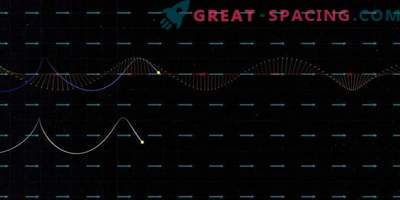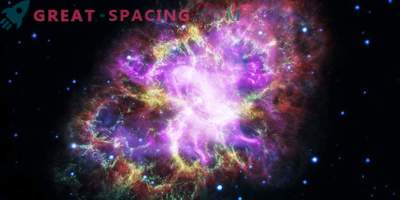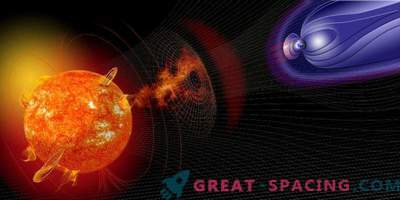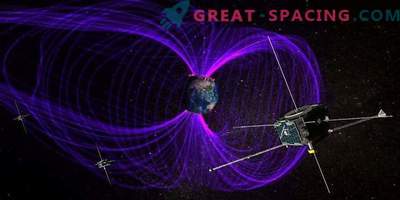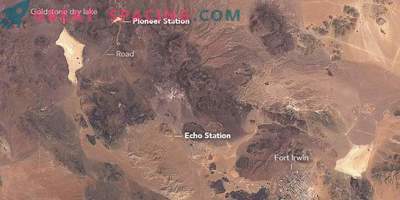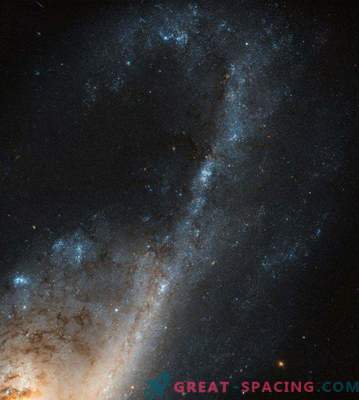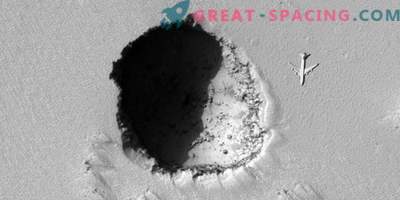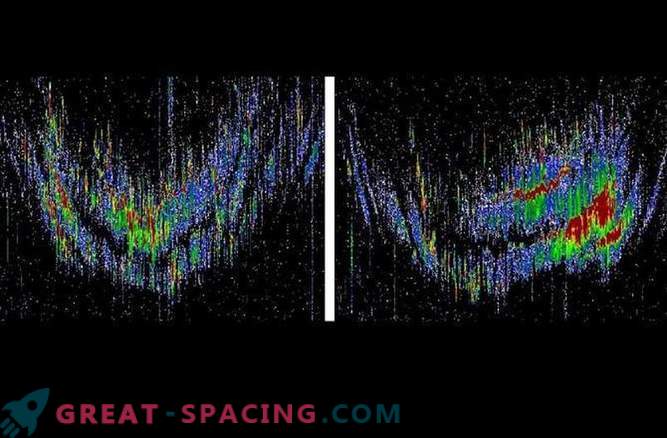
More than 50 years ago, a strange radio echo was discovered in the upper layers of the Earth’s atmosphere. Now scientists say they have found the source of this phenomenon.
In 1962, the Hikamerka Radio Observatory, which was built near Lima, Peru, recorded an inexplicable phenomenon reflecting radio waves, transmitting signals back to the ground. The mysterious cause of these echoes was at a height of 80 to 100 miles (130 and 160 kilometers) above sea level.
“As soon as they built this radar, they fixed this phenomenon,” said researcher Meers Oppenheim from the Center for Space Physics at Boston University. "They saw a lot of signals that they had never seen before."
Peculiar radar
Although other phenomena found at the observatory were explained, these radar echoes continued to confuse scientists.
“In order to see what was happening at that altitude, the researchers were launching rockets equipped with antennas and particle detectors at that time. The instruments that were designed to detect radar waves did not see almost anything,” Oppenheim said.
In addition, this phenomenon manifested itself only in the daytime, disappearing into the night. Echo appeared at dawn every day at an altitude of about 100 miles (160 km) above the ground, before falling to a height of 80 miles (130 km) and becoming stronger. Then at noon, the echo began to rise back to the starting point to a height of 100 miles. When this signal was plotted, it took the form of a necklace. During a partial solar eclipse in 2011, which passed over the National Atmospheric Research Laboratory in India, the echo subsided.
"Then a solar flare occurred, and the radio echo changed," Oppenheim said. "It has become really strong."
The sun takes responsibility
Now, thanks to supercomputers, Oppenheim and Jacob Dimant, also working at the Center for Space Physics, modeled eccentric radar to find the culprit - the Sun.
“Ultraviolet radiation from the Sun seems to cut into the ionosphere (part of the Earth’s upper atmosphere, located between 50 and 370 miles, or 80 and 600 km, above sea level), where radio-echo was detected,” they said. "Then, radiation in the form of photons (particles of light) splits the molecules, resulting in the formation of positively charged particles called ions, primarily positively charged oxygen and a free electron (negatively charged particle that is not attached to an atom or molecule)."
"This ultra-charged electron or photoelectron rushes in the form of lightning through the atmosphere, which is much colder at this altitude than the photoelectron," Oppenheim said.
Creating waves
Using computer simulations, scientists allowed these high-energy electrons to interact with other, less energetic particles.
As these high-energy electrons rush through a cool, slow environment in the ionosphere, so-called kinetic plasma instability (turbulence, in a sense) is formed. The result: electrons begin to vibrate at different wavelengths.
“One type of very energetic particles moving through a population of much less energetic particles is like running with a violin bow over the strings. A cold environment begins to generate resonant waves,” Oppenheim explained.
"The reason why this has not been explained for a long time is that it is a very complex mechanism," he added.


